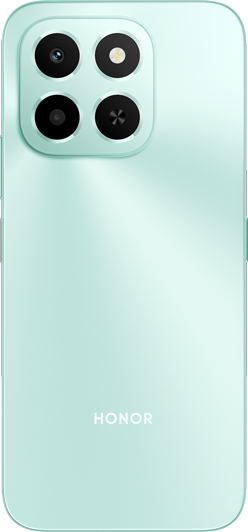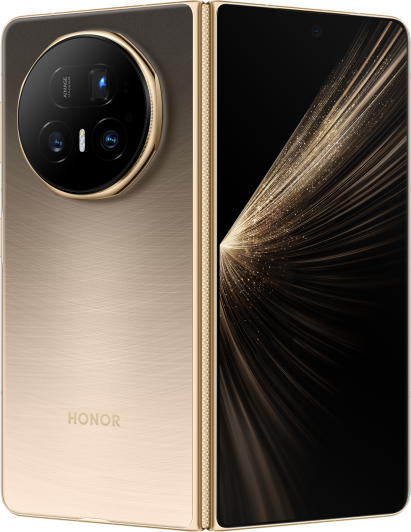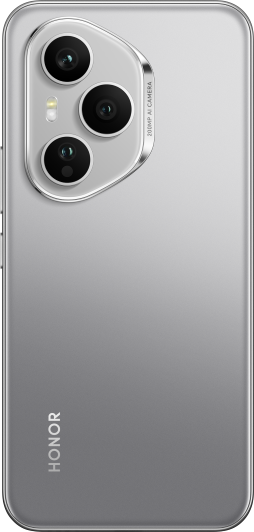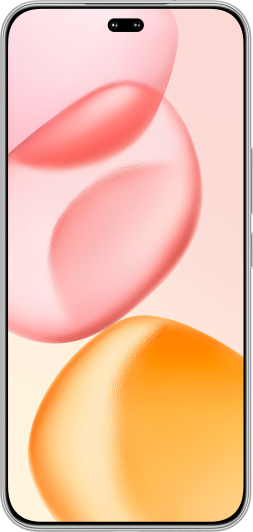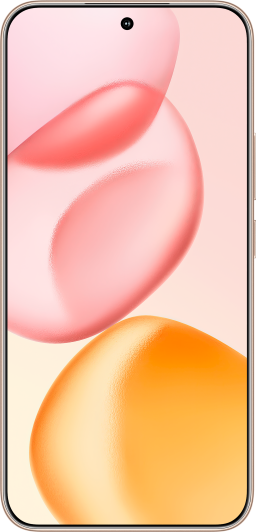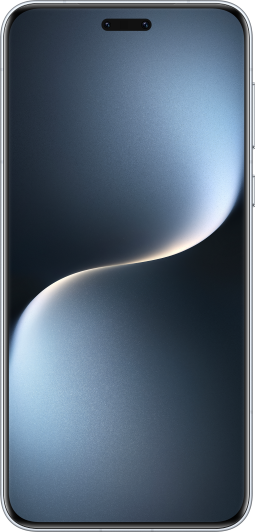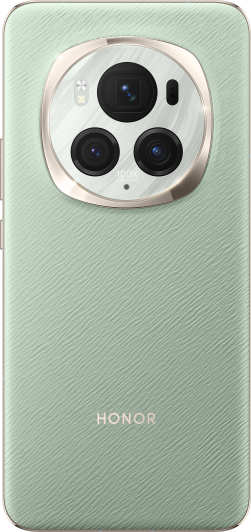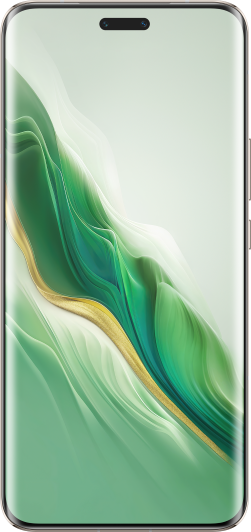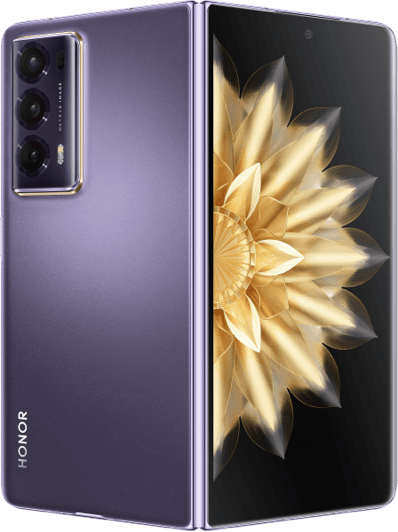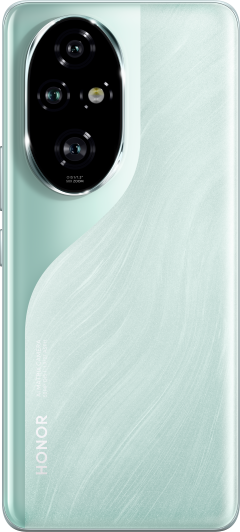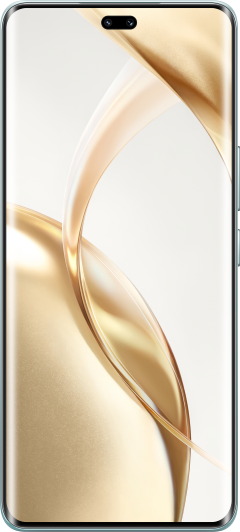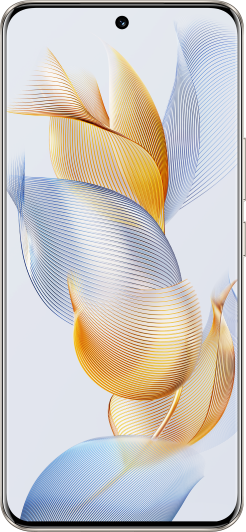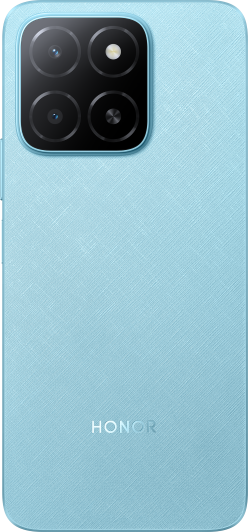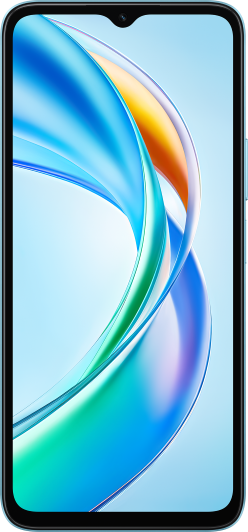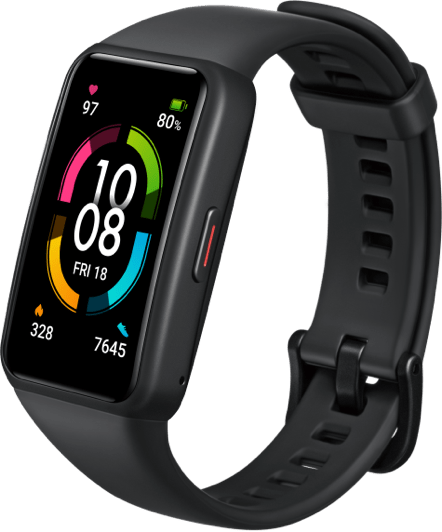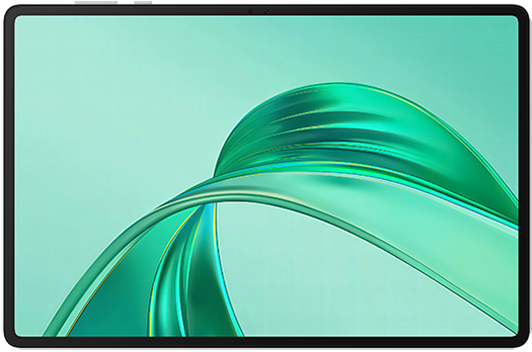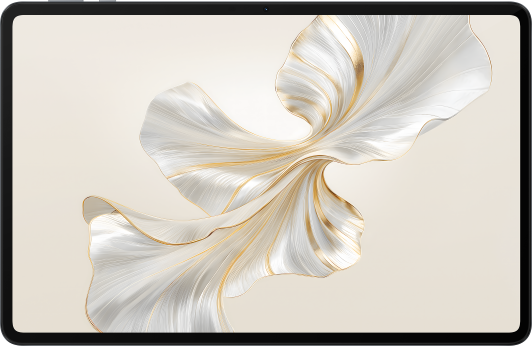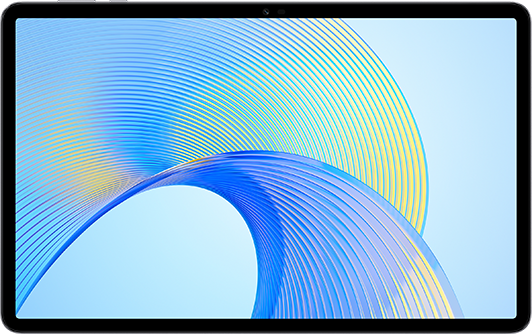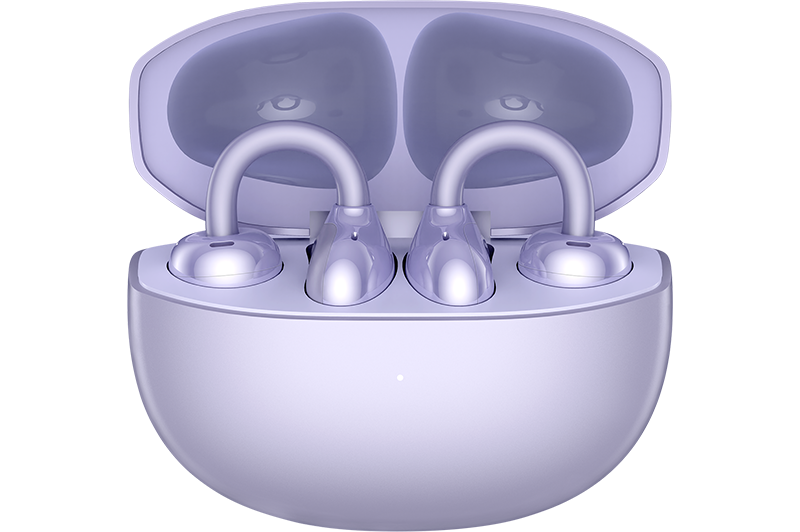
我的荣耀 开启荣耀之旅

Disadvantages of Curved Display Phones: What You Should Know
Table of Contents
・Curved Display Technology Explained
・Benefits of Curved Screen Phone
・Disadvantages of Curved Display Phone
・Is a Curved Screen Phone Right for You?
・Conclusion
・FAQs
Remember when curved display phones first hit the market? They seemed revolutionary - sleek, futuristic, and captivating in their design. Smartphones with edges that wrap around, offering a larger viewing area and a unique aesthetic. However, in recent years, these once-promising devices have seen a decline in popularity.
Why has the curved display phone trend fizzled out? To answer that, we need to take a closer look at the technology behind these screens, explore their benefits, but also delve into the disadvantages of curved display phones. By the end of this post, you’ll be able to determine whether a curved display phone is the right choice for you.
Curved Display Technology Explained
Before discussing the pros and cons of curved screen phones, let's first explain the technology behind curved displays.
Curved display phones feature screens that bend or curve along the edges, creating a dynamic and immersive viewing experience. The design typically involves OLED (Organic Light Emitting Diode) technology, which allows the screen to be flexible, thinner, and capable of displaying vibrant colours and deep blacks.
The curved edges can be made on a single or dual side of the screen, and some models even offer a fully wraparound display. The primary aim is to increase screen real estate while maintaining a sleek and stylish look. These screens are more commonly found on flagship smartphones, offering a distinctive edge over flat-panel competitors literally.
While this technology is visually striking, the manufacturing process can be complex, leading to higher production costs and ultimately, a higher retail price for the consumer. Plus, the screens are more prone to damage when dropped, contributing to the growing disinterest in curved display phones.
Benefits of Curved Screen Phone
Are curved display phones good? There are several aspects in which curved display phones excel. Let’s take a look at the benefits of curved display phones.
Enhanced Aesthetics: One of the key curved phone screen benefits is its aesthetics. The sleek, futuristic look of curved display phones appeals to many users. The visually striking design adds a premium touch, elevating the overall look and feel of the device.
Wider Viewing Area: Another curved screen phone advantage is a wider viewing area. Curved edges provide a larger, more immersive screen area, perfect for watching videos, playing games, and browsing the web. The curve can help reduce bezels, offering an edge-to-edge experience.
Additional Features: Many manufacturers utilise the curve to provide additional functionality, like side notifications, shortcuts, or the ability to control music and apps from the edge of the screen. This adds convenience without unlocking or opening the phone.
Better Grip: The natural curvature of the device can sometimes offer a more comfortable grip, especially when holding the phone for longer periods
Disadvantages of Curved Display Phone
While curved display phones look sleek and stylish, they come with several practical issues that make them less desirable for many users. Here are the main disadvantages of curved screen mobiles.
Increased Risk of Damage
Of all the curved screen phone disadvantages, fragility is the most concerning.
Curved screens are inherently more fragile. The edges of the display are more exposed to accidental drops or bumps, making the screen more prone to cracking or shattering. Unlike flat screens, where the edges are typically more protected, a curved display phone can suffer significant damage from even a minor fall.
Unintended Touches
Curved displays are prone to detecting accidental touches along the edge. Whether it’s from holding the phone or resting it on a surface, these unintentional interactions can trigger actions or open apps. This can be frustrating for users, as it disrupts the phone’s intended function and may lead to unwanted inputs or draining of the battery.
Limited Access to Screen Protectors
Finding screen protectors for curved display phones can be difficult. Since the screen wraps around the edges, standard screen protectors don’t cover the entire display. Special curved protectors are available but often don’t provide the same level of protection as flat ones. Plus, they can sometimes interfere with the screen’s touch sensitivity.
Higher Cost
Manufacturing a curved display is more expensive than traditional flat screens. These devices often carry a premium price tag because of the added complexity in the design and production. As a result, curved screen phones tend to be priced higher than their flat-screen counterparts, making them less accessible for users on a budget.
Software Limitations
Though manufacturers often add software features to make the most of curved screens (like quick shortcuts or edge notifications), not all apps are optimised to take advantage of this extra screen real estate. In some cases, the curve can cause distortion or issues with how content is displayed, leading to a less-than-ideal user experience.
Is a Curved Screen Phone Right for You?
So, now that we’ve explored the advantages and disadvantages, is a curved screen phone right for you?
If aesthetics and a larger, more immersive screen appeal to you, and you’re willing to take extra care with your phone, a curved display could be a good fit. However, if durability, ease of use, and budget are your top priorities, a traditional flat-screen phone might be more suitable.
Consider the following factors when you decide to buy a new phone:
Your Budget: Are you willing to pay a premium for a curved screen, knowing that it could be more costly to repair or replace?
Your Usage Habits: Do you often drop your phone or struggle with accidental touches? If so, the curve might not be worth the hassle.
Durability: If you need a phone that can withstand the rigours of daily life without excessive risk of damage, you may want to choose a flat screen instead.
Ultimately, the choice depends on your personal preferences and how much you value the look and feel of a curved display compared to the practicalities of everyday use.
Conclusion
So far, we’ve broken down the advantages and disadvantages of curved display phones. The takeaway is that while curved screens offer a visually stunning and immersive experience, they come with several drawbacks, particularly in terms of durability, accidental touches, and higher repair costs.
Whether or not a curved screen is right for you comes down to your individual needs and priorities. If you’re a tech enthusiast looking for cutting-edge design and don’t mind the potential issues, a curved display might still be an exciting choice. However, for those prioritising practicality and ease of use, a flat screen phone may be a more reliable and cost-effective option.
FAQs
Is there any problem with a curved display phone?
Yes, curved display phones can be prone to accidental touches due to their edge sensitivity, and they're often more fragile and costly to repair if dropped. Additionally, finding compatible screen protectors or cases can be more difficult. However, some users appreciate the sleek, modern aesthetic and immersive feel.
Which is better curved or flat display phones?
Are curved phone screens better? It depends on what you prioritise. Curved displays are more aesthetically pleasing and offer a wider viewing area, but they come with a higher risk of damage and accidental touches. On the other hand, flat displays are more durable and practical for everyday use, but may be viewed as less aesthetic.
Is it worth getting a curved screen?
It depends on your priorities. A curved screen offers a premium look and a more immersive viewing experience, especially for multimedia and gaming. However, it may come at a higher price and with potential durability concerns. If style and edge-to-edge display matter more to you than practicality, it's worth considering.
Is a curved screen good for reading?
While curved screens are great for visuals, they may not be ideal for extended reading. The curvature can slightly distort text at the edges, making long reading sessions less comfortable compared to flat screens. For casual reading, it’s fine, but avid readers might prefer a flat display for clarity and comfort.
Source: HONOR Club
We use cookies and similar technologies to make our website work efficiently, as well as to analyze our website traffic and for advertising purposes.
By clicking on "Accept all cookies" you allow the storage of cookies on your device. For more information, take a look at our Cookie Policy.
Functional cookies are used to improve functionality and personalization, such as when playing videos or during live chats.
Analytical cookies provide information on how this site is used. This improves the user experience. The data collected is aggregated and made anonymous.
Advertising cookies provide information about user interactions with HONOR content. This helps us better understand the effectiveness of the content of our emails and our website.


